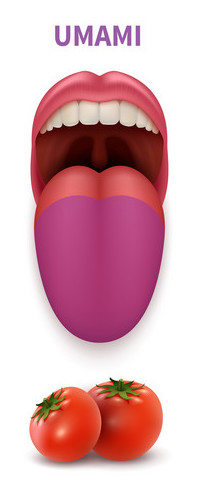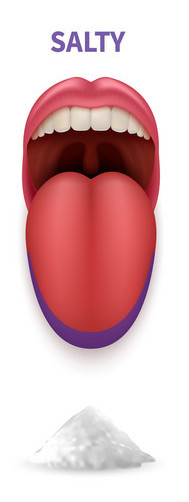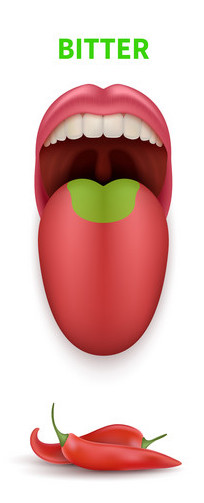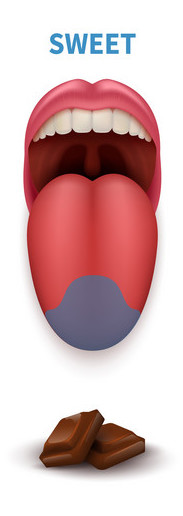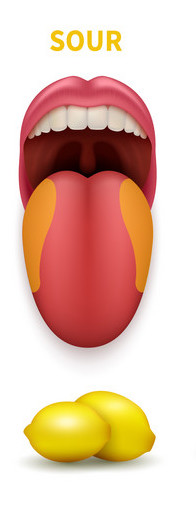Research by Tamara Damberg
SALT
Taste
Lots of people think about flavour when they think of salt. The only thing is, salt is not a flavour, it is an ingredient. Umami is the flavour people confuse saltiness with.
Salt reduces bitter flavors, because of that salt allows the other flavours to taste better. This makes salt a flavour enhancer.
The taste ‘salty’ is not a flavour people want to taste while eating a dish. Salt is not added to a dish to make it taste ‘salty’, it is added to make the other flavour pop.
Salt is a flavour improver which reduces the flavour of bitterness, while increasing the flavours sweet, sour and umami. This effect is good for sweet recipes, for savory recipes, a little more salt is used to only enhance the umami flavour.
The reason why people like the flavour of salt so much is because the body needs salt, and the human brain is trained to crave it.
Too much salt does not have a nice flavour because it is not natural to eat pure salt. Too much salt can turn into heart attacks, strokes, high blood pressure and even death.
The taste of sweet and umami are made for us to find calorie and protein rich food such as fruit and meat. The flavours bitter and sour are made for us to protect us from poisonous plants and animals.
What makes salt special is the fact that it triggers both the good as the bad flavours. Too much salt can mask the bad flavours, resulting in distasteful flavours. Research has shown that mice who don’t have this different taste perceptions do not dislike big amounts of salt.
The truth behind the 'tongue map'
Recent studies show that the tongue map which is known for showing the different zones of flavour on your tongue is not how the tongue tastes. This map has been set up by chemosensory scientist a long time ago.
The truth of the tongue is that there are different receptors which recognize different flavours. These receptors are everywhere on your tongue, all mixed together.
The idea of the different flavour zones arised in 1901 when David P Hanig did some experiments with dripping different flavours on the tongue in different places.
It is true that the sides and the front of the tongue is more sensitive towards flavour, but that is just because there are more receptors called taste buds.
In Hanig his research, he shows how different parts of the tongue respond differently on different flavours, and it is true that different parts of the tongue are more sensitive towards particular flavours, but these differences are not big at all.
It is not the research that is wrong, it is the way the research is concluded. This research shows the sensitivity of the tongue, but it does not see how that specific part reacts to other flavours. By concluding with specific taste areas the research turns more into an artistic interpretation rather than a scientific research.
Edwin G Boring was a Harvard psychology professor who turned the research of Hanig into the well known tongue map in the 1940s.
However ever since this tongue map appeared many researchers have refuted it.
Later research shows that all areas in the mouth contain taste buds. The soft palate and the throat are sensitive to all flavours. It is now known that while taste information is carried from the tongue to the brain the taste buds individually taste different flavours, and these flavours are not restricted to a certain area.
There are two cranial nerves who are responsible for the experience of taste. The glossopharyngeal nerve, which is connected in the back of the mouth. And the other one is the chorda tympani branch of the facial nerve in the front. According to the tongue map, when someone their chorda tympani is damaged, this person would not taste any sweet flavours. However in 1965 surgeon TR Bull investigated this theorie with people who had a demanged chorda tympani, and these people did not experience a loss of taste. And in 1993 Linda Bartoshuk investigated the same thing but then with numbing this nerve resulting in still being able to taste sweetness, and even some people tasted it better.
Now it is shown in research that the tongue consists of different receptors which are spread out all over the tongue. Different receptors can identify different flavours, but these receptors are placed all together, not in zones, so every part of the tongue can taste all the different flavours.

